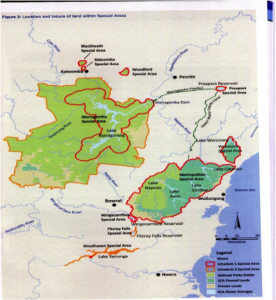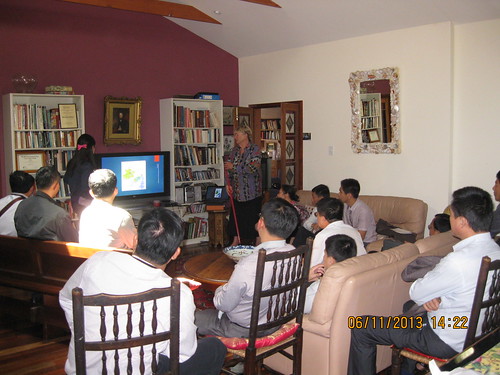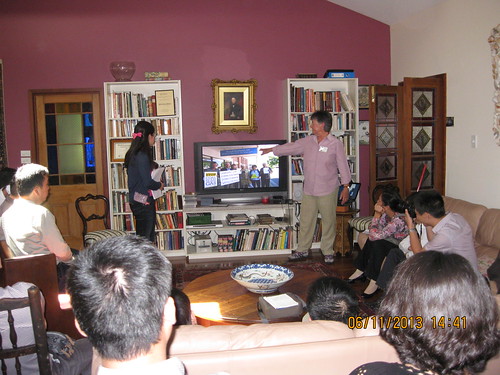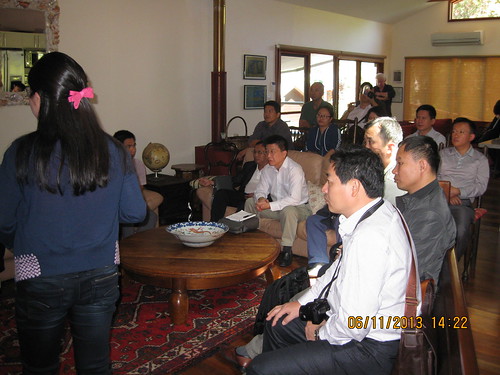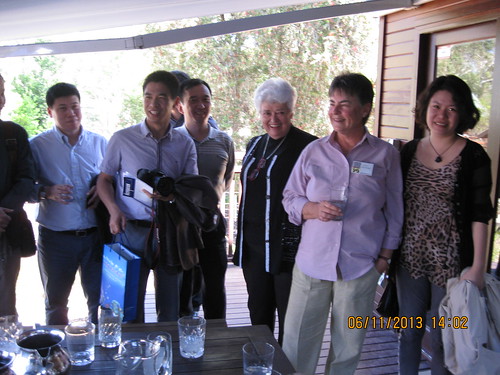The NSW Chief Scientist and Engineer’s report on long-term impacts of coal and gas development on Sydney’s drinking water catchment [1] fails to address evidence-based concerns, according to Protect Sydney’s Water. [2]
“We already know that longwall coal mining is contaminating the water supply with iron, manganese other pollutants that require treatment to make it fit to drink,” NSW Nature Conservation Council Campaigns Director Kate Smolski said. “We also know that mining is draining about 3 billion litres a year from the water supply, enough to fill 1,200 Olympic-sized swimming pools. Given what we already know, a wait-and-see approach is irresponsible.“NSW Chief Scientist & Engineer Professor Mary O’Kane’s report acknowledges coal mining may be having negative long-term impacts on Sydney’s drinking water, but her main recommendation in response to this threat is just to improve data collection. “By the time significant water losses or contamination has been detected it will probably be too late to do anything about it.”
Rivers SOS spokesperson Julie Sheppard said the Chief Scientist’s report reversed the onus of proof usually applied for environmentally damaging projects.“If there is a risk of serious harm and the science is not settled, the burden of proof that it is not harmful falls on those taking an action,” Ms Sheppard said. “In this case it should be up to the coal companies that are undermining our drinking water supply to prove their activities will not have negative long-term impacts. Judging from the Chief Scientists report, no one is in a position to provide that proof. “While we support the collection or more data, it is unclear how long it would take before sufficient information is gathered to build robust models needed to assess the cumulative impacts of new projects. “By then irreparable damage will have occurred and other damaging projects may be have been approved. This is unacceptable.”
Lock the Gate Campaigner Isabel McIntosh said the alliance was concerned the merger of the Sydney Catchment Authority and the State Water Corporation would undermine the role of SCA in protecting the quality and quantity of water for Sydney’s growing population.
“The SCA has already built up important assets in terms of expertise in monitoring and research, especially regarding the critical Special Areas. It is critical that these activities are not downgraded as a result of the merger.”
[1] On measuring the cumulative impacts of activities which impact ground and surface water in the Sydney Water Catchment
http://www.chiefscientist.nsw.gov.au/__data/assets/pdf_file/0007/44485/140530_SCA-Report-Final-Combined.pdf
[2] Protect Sydney’s Water is a coalition of more than 50 groups from across Sydney, the Illawarra, Southern Highlands and Blue Mountains to protect Sydney’s drinking water supply from destructive mining practices.
Media story

